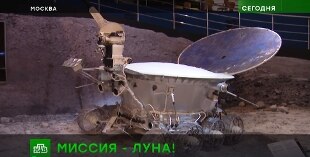Share
November 10, 2020
In 1970 the Soviet Union launched the world's first moon rover, “Lunokhod-1” on the moon.
The device worked on the Moon for 11 lunar days, equivalent to 10 and a half months on Earth, an all-time record.
It had been designed by two secret research institutes, one near Moscow and the other in Leningrad.
Initially they worked on two separate projects: tracked or wheeled apparatus.
In the end, the wheeled one was chosen for its greater reliability.
“Lunokhod-1”, although it was presented as a self-moving apparatus, was unable to move even a meter without commands from Earth.
To get him moving, a very secret control base was created in the Crimea near Simferopol.
The operators, anonymous and covered by state secret, had 2 hour shifts.
A work shift of the operators consisted of driver-operator, navigator and two on-board engineers.
A big problem was the delay of the signal, given the distance from the Moon to the Earth.
The delay was 20 seconds, but in that time the rover could move 6-7 meters, a considerable distance, considering that in total “Lunokhod-1” ground 10,540 meters on the lunar surface.
The Soviet Union stopped its lunar exploration programs in 1976 and now, within a year, post-Soviet Russia intends to launch the "Lunokhod-25" on the moon and plans a human landing on the moon over the next 10 years. satellite.

